
Check out the details in Journal 6!
Executive summary
USE-IT! was a £3.13m (3,6 Mio. €) project by Birmingham City Council and one of the “Urban Innovative Actions” from the European Commission initiative. It has tested new solutions combating urban poverty by linking larger capital investment projects (macro-assets) in deprived neighbourhoods with local community skills, talents and ideas (micro-assets). Its intention was to unlock social and economic innovation and to improve the socio-economic situation of deprived residents. The project strived to increase the employment prospects of the residents and migrants by generating jobs and stimulating the local economy.
For an overview about the USE-IT! project, the background, its innovative approach, mechanism and partnership as well as the challenges implementing such an approach, take a look at the previous journals of the USE-IT! project.
The 6th and final journal focuses on presenting the lessons learned and recommendations from the 3-year long project (chapter 3), which are in particular: “BE FLEXIBLE – CONCENTRATE ON WHAT IS POSSIBLE – KEEP PROJECTS MANAGEABLE – BUILD STRONG AND DIVERSE PARTNERSHIPS ON EQUAL FOOTING”.
In addition, in chapter 2, it provides a brief overview about what has happened since the official end of the project and the plan for its long term sustainability because the USE-IT! project partners have continued with their activities, applying to local funders for money that allow them to continue their work. In addition, Birmingham City Council has implemented the USE-IT! approach in the delivery plan for the East of Birmingham Inclusive Growth Strategy.
The journal finishes with a conclusion (chapter 4) of UIA expert Nils Scheffler, who had accompanied the project on its 3-year journey with occasional city visits and interviews. His learnings from the USE-IT! project is the importance of the place-based approach, place-based partnerships and to focus on the existing: the local skills, knowledge and potentials of people and places.
USE-IT! was a £3.13m (3,6 Mio. €) project by Birmingham City Council and one of the “Urban Innovative Actions” from the European Commission initiative. It has tested new solutions combating urban poverty by linking larger capital investment projects (macro-assets) in deprived neighbourhoods with local community skills, talents and ideas (micro-assets). Its intention was to unlock social and economic innovation and to improve the socio-economic situation of deprived residents. The project strived to increase the employment prospects of the residents and migrants by generating jobs and stimulating the local economy.
For an overview about the USE-IT! project, the background, its innovative approach, mechanism and partnership as well as the challenges implementing such an approach, take a look at the previous journals of the USE-IT! project.
The 6th and final journal focuses on presenting the lessons learned and recommendations from the 3-year long project (chapter 3), which are in particular: “BE FLEXIBLE – CONCENTRATE ON WHAT IS POSSIBLE – KEEP PROJECTS MANAGEABLE – BUILD STRONG AND DIVERSE PARTNERSHIPS ON EQUAL FOOTING”.
In addition, in chapter 2, it provides a brief overview about what has happened since the official end of the project and the plan for its long term sustainability because the USE-IT! project partners have continued with their activities, applying to local funders for money that allow them to continue their work. In addition, Birmingham City Council has implemented the USE-IT! approach in the delivery plan for the East of Birmingham Inclusive Growth Strategy.
The journal finishes with a conclusion (chapter 4) of UIA expert Nils Scheffler, who had accompanied the project on its 3-year journey with occasional city visits and interviews. His learnings from the USE-IT! project is the importance of the place-based approach, place-based partnerships and to focus on the existing: the local skills, knowledge and potentials of people and places.
1. Project Progress
When the project officially finished on 31 December 2020, most of the project partners continued with their activities of the USE-IT! project. Partners started applying to local funders for money that allow them to continue their work.
In the work stream “Matching job skills in the community with job opportunities”, over 250 overseas migrants with educational health or medical background from the neighbourhoods of Greater Icknield were identified and connected with job opportunities in the new hospital (for further information read the USE-IT Zoom-in – Jobs for overseas migrants). As a result of this success, the approach was rolled out to three other hospital trusts in the Black Country. This new programme is called “Health Overseas Professionals” and has received £ 300k (€ 335.000) for a further two years.
The key element of the programme was the language skill training offered to the overseas migrants to improve their level of English within the health and medical field. The Sandwell Council, which have been a partner of the USE-IT! project, attracted £ 300k (€ 335.000) of national funding to provide additional language training support.
Also the partnerships with social care providers continued and was extended so that participants of the programme could find interim employment in the care sector while doing the training.
A great success is that the Hospital Trust extended the USE-IT! methodology to develop health employment pathways for other disadvantaged groups such as ex-offenders, care leavers and the homeless and they have started to work with other sectors, such as construction jobs during the final build phase of the Midland Metropolitan Hospital and IT and Finance jobs within the National Health System (NHS).
It is forecasted that these actions will unlock £10.7m (€ 11,9 Mio.) in annual salaries for residents with overseas medical qualifications who were unable to access professional jobs prior to the USE-IT! project.
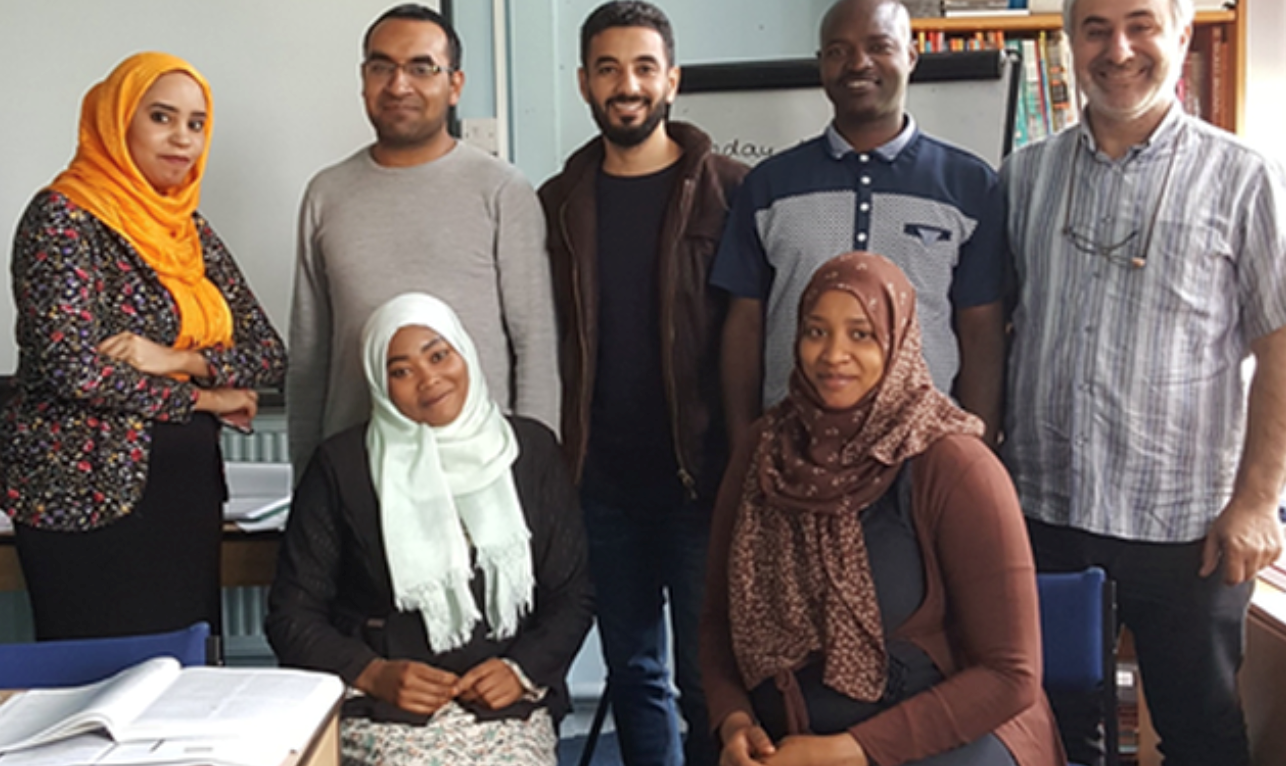
To continue the work of the work stream “Identifying and mapping local skills and assets through community researchers” (for further information read the USE-IT Zoom-in – Community research for a community-oriented urban regeneration), the partnership formed in 2019 with Birmingham Voluntary Service Council (BVSC), aiming at connecting Community Researchers with the BVSC future Research Hub, resulted in a partnership agreement signed between the University of Birmingham (work stream lead) and BVSC. A joint bid was submitted to Police and Crime Commissioner, which resulted in £ 3m (€ 3,3, Mio.) to be awarded to BVSC to evaluate Birmingham Prevention programme using Community Research as a mechanism.
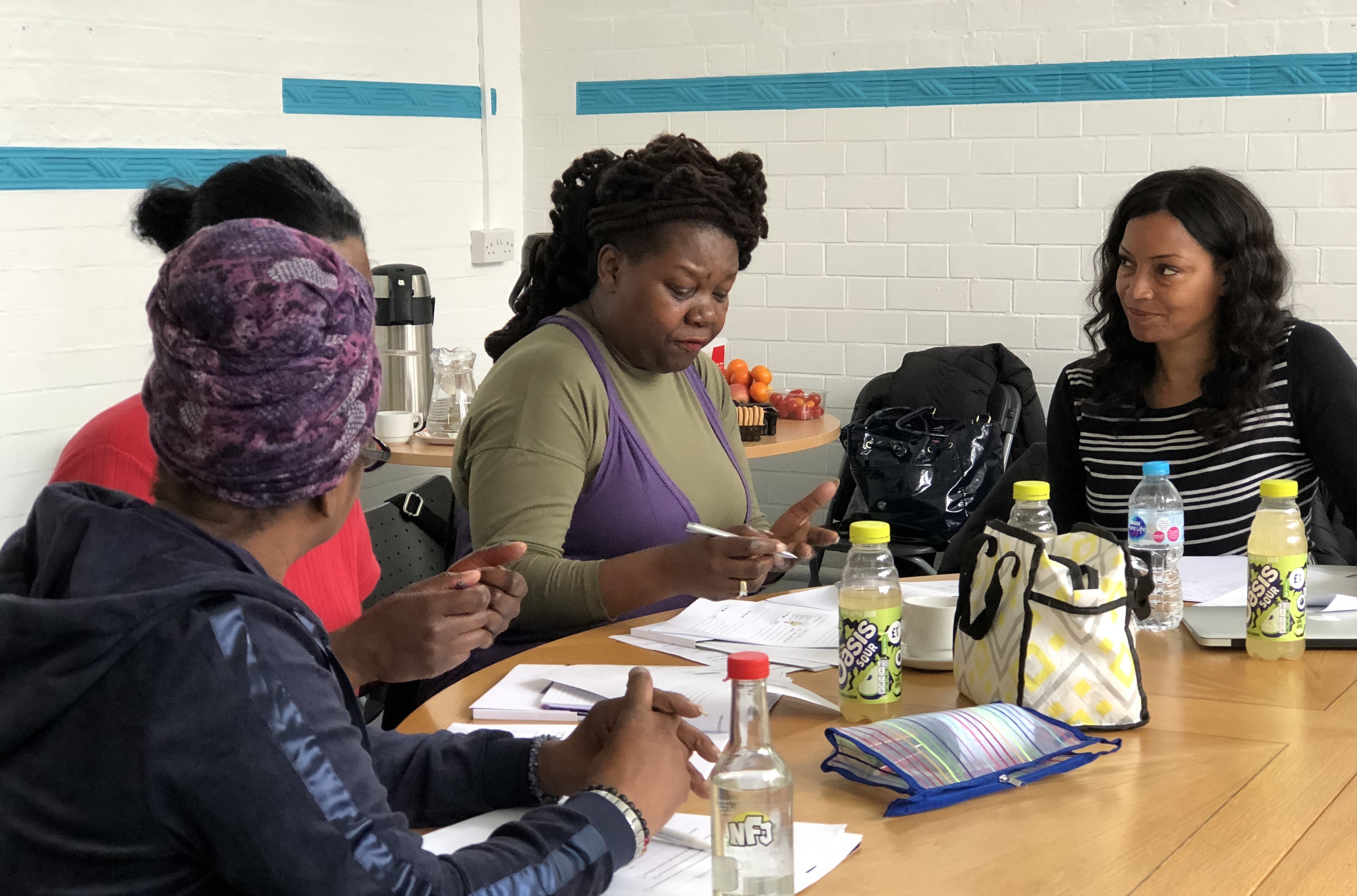
The Social Enterprise Network (for further information read the USE-IT Zoom-in – The creation of social enterprises) struggle currently to continue their work. The main reason is the impact of Covid19 on the local economy. Covid19 made all major funders redirect their funds into the emergency response, which meant there was not much left for the economic recovery. This created a problem for the Social Enterprise sector. The Social Enterprise City Streeting Group continues to work on the greater visibility for the sector and has increased capacity to speak about the sector’s needs at the city and national level.
In addition, Birmingham City Council has made a commitment to replicate the USE-IT! approach in other areas of Birmingham. Thanks to this, USE-IT! learning will be passed over to another area of Birmingham and inform a major part of the delivery plan for the East of Birmingham Inclusive Growth Strategy. The USE-IT! Project Manager, Karolina Medwecka, has been seconded to BCC Planning to work on the implementation of the strategy to roll out the USE-IT! methodology in the East of Birmingham.
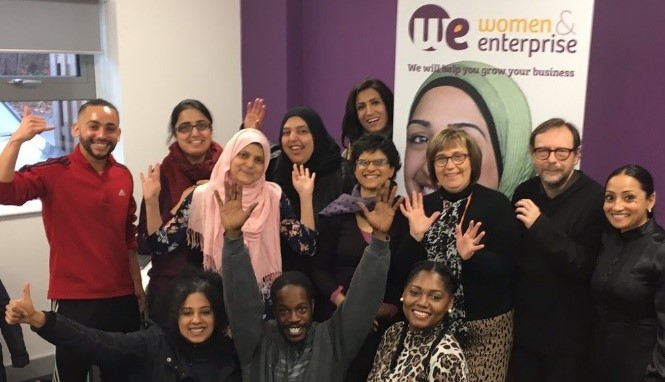
2. Generated knowledge – Lessons learnt and Recommendations
USE-IT! was not one, USE-IT! was many projects that were more or less strongly interwoven with each other, building a complex project structure. Due to the changing environment the project operated within, i.e. delays to the construction of the new hospital that was planned to host some of the project activities, the projects did not always run as planned, but that was exactly the strength and first lesson learnt from the USE-IT! project: Be flexible!
When activities did not run as planned or there was a need to react on “incidents” or new opportunities the project team and their partners were strong enough to adapt the project to the new circumstances. They did not just stick to the project as it was planned. This flexibility was important for the successful implementation of the project.
Also the understanding to concentrate the available resources - time, finances, personnel - on what was achievable was an important lesson learnt, and not to "cling" to goals that could only be achieved with very great effort, if at all.
Another learning was that complex projects are complex to handle and because of that sometimes the complexity of the project needs to be reduced to avoid excessive demands on project partners. For example, the effort to achieve all potential synergies between the different work streams (lead by organisations independent from each other) lead partly to a great time coordination effort for the partners, which not always could be fulfilled due to the “normal” work. So, even when sometimes more might be achievable, reducing the “complexity” through specific actions was of benefit for the overall results. But also improving communication between the partners was crucial to live up to the complexity of USE-IT! and make it work. So, another lesson learnt was: Keep projects manageable and communicate well!
Following these three “principles” allowed a successful course of the project(s).


Another learning from USE-IT! of its success was the diverse and manifold partnership in combination with working with local community organisations. An innovative approach such as USE-IT! was possible by bringing together the different local skills and knowledge of the partners and making them available for the overall project in a coordinated way. Individually, the partners would not have been able to implement such a project.
Another important characteristic of the USE-IT! project was the co-development and co-implementation of the project through the public and private partners on equal footing (flat hierarchies). To achieve this, it requires a cultural change in organisations’ decision-making and working mechanisms for co-development and co-implementation. This “cultural change” demands time and particular more successful examples. It needs further development, in particular in the larger institutions.
Further lessons learnt have been presented in the previous journals. Highlighted lessons by the partners of the USE-IT project for the main components of the project are:
Communities as micro assets USE-IT! has demonstrated that communities in poorer neighbourhoods have relevant endogenous assets and can act as micro assets in the USE-IT framework.
USE-IT! partners mentioned they were uplifted to find so many motivated individuals at local level “doing things in communities”. But you need to identify them and bring them up into light – even for the communities themselves. Here local based community organisers and brokers as well as community and VCSE organisations are very helpful. In addition, you need “intermediators” that are able to make the link between these local assets and larger investment projects in the city. You need to convince the involved parties, both at community level and at investment project level, to make use of these links, to unlock and enable the socio-economic development of the local communities.
Working with communities takes time! Working with communities takes time in particular to build trust. It takes even longer to achieve a lasting change. Partners say that they worked “with a speed of trust”. When working this way, three years pass by quickly. Bridges are build but they require a two-way traffic – opportunities need to be unlocked for the local people and the local communities need to be ready to respond to them. Where local partners or anchor institutions have been open to the needs of local residents, the success has been undeniable. For example, the project successfully connected over 250 doctors and medical professionals with job vacancies in the National Health Service. This success wouldn’t be possible without a culture change within the hospital (cf. 2.3) or connecting Birmingham Settlement and local residents to co-design the new use of the Playing Field by the Edgbaston Reservoir. This success was only possible because the land owners (Birmingham Settlement) were keen on working with the local communities and co-create a space that would be used by the local people. Planning application for the new community building on the Playing Field has been approved by BCC Planning in 2019 and currently building works are being carried on. The plan is that a brand-new community building will be ready by the end of this year. This will provide a space for community wellbeing activities and create a physical base for the urban farming activity that USE-IT supported over the last two years.
“Work hard to become established within the communities you are working with to gain trust and respect, rather than being seen as a big funder who is just ‘parachuting’ into the area to offer short term support.”
Not everyone is open to new approaches! It takes time to involve large organisations in a project that requires them to change the way they operate – and it not always works! Culture change takes time. During the project course, USE-IT partners encountered several organisations that were harder to engage with in a meaningful way, i.e. private developers. The USE-IT! approach (Urban Splash/Port Loop development) did not correspond to their classic project development approach. Here the USE-IT! approach partly reaches its limits; however, it didn’t mean progress wasn’t achieved. An example of a successful intervention is the collaboration with the Birmingham Impact Hub who were introduced to the private developer by the USE-IT partners and, as a result of that, are now moving into the new housing development area to continue working with the local communities. This example shows that the USE-IT principle of unlocking opportunities requires lateral thinking and an ability to spot opportunities outside of the “beaten track”. What is also important is to acknowledge that in every successful intervention there need to be benefits identified for both the macro-asset (large public or private organisations) and for the communities. This makes the success more likely to be achieved. It is therefore very important to understand and recognise the needs of large organisations, i.e. the NHS Trust struggled with filling in their medical vacancies, the developer needed to fulfill their CSR objective and demonstrate social value by engaging with communities in a meaningful way. USE-IT! partners were able to identify these needs and respond to them by designing interventions that responded to these exact needs and galvanising the local community to action.
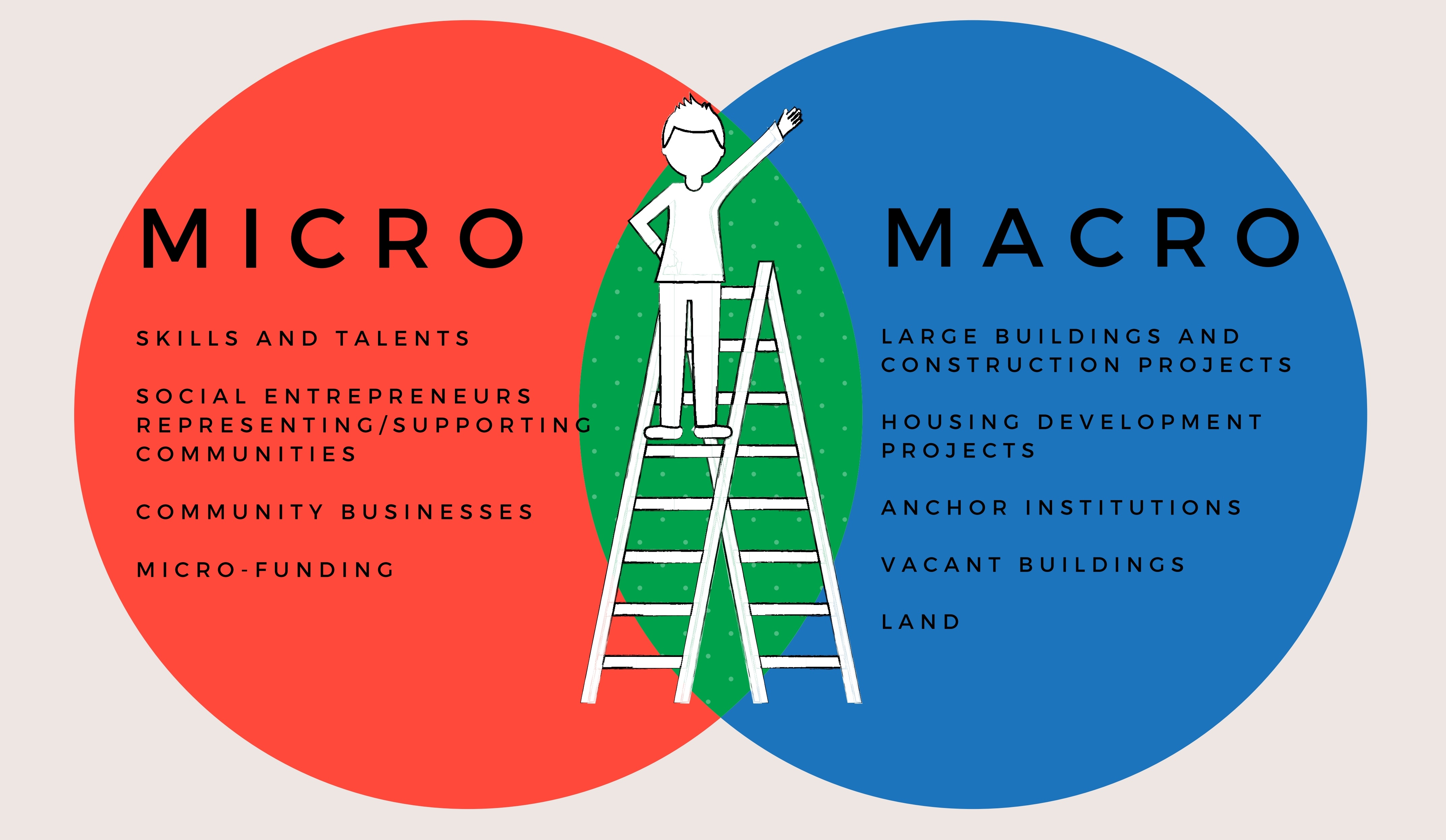
University of Birmingham’s lecturers, Lessons learnt from the community research stream supported by the University of Birmingham have been mentioned in the 4th USE-IT! journal, p. 7, and the previous journals. Peter Lee and Sara Hassan University of Birmingham (work package leads of the community research stream) highlighted the following learning:
- Through community research the narrative of place and space is not produced solely by academics or policymakers but is refined through the input of community representatives.
- Through accredited community research programmes, additional resources for local communities can be provided through leveraging income streams related to research grants.
- Through community research programmes, linked to the Higher Education sector as anchor institutions, the community can play a larger role in influencing policies.
- Through accredited community research programmes, ‘local based resources’ are available for the private and public sector to work with in commissioning pieces of research or consultancy about local and community issues.
They also stressed the institutional and project learning from the USE-IT! approach:
- Innovative projects like USE-IT! can be a major disruptor and cultural challenge project for the established institutions. It demonstrates that a university can be a driver for public and social good and that it can live up to that responsibility even in the context of austerity. Corresponding decisions must be made at the strategic level and then lived at the operational level of the university.
- Approaches like USE-IT! demand a greater flexibility in the project design. There is a degree of controlled serendipity in the process which needs encouraging rather than paternalistic suppression of ideas and creativity, allowing to “re-configure” a programme or parts of the project approach.
Another important lesson learnt was that, if a larger number of community researchers are to be recruited, a good balance between the requirements for participation in the training programme (time commitment) and the resulting benefits for the community researchers (i.e. personal mentoring) is needed. The expectations towards the community researchers to identify local assets and personal skills should also not be set too high.
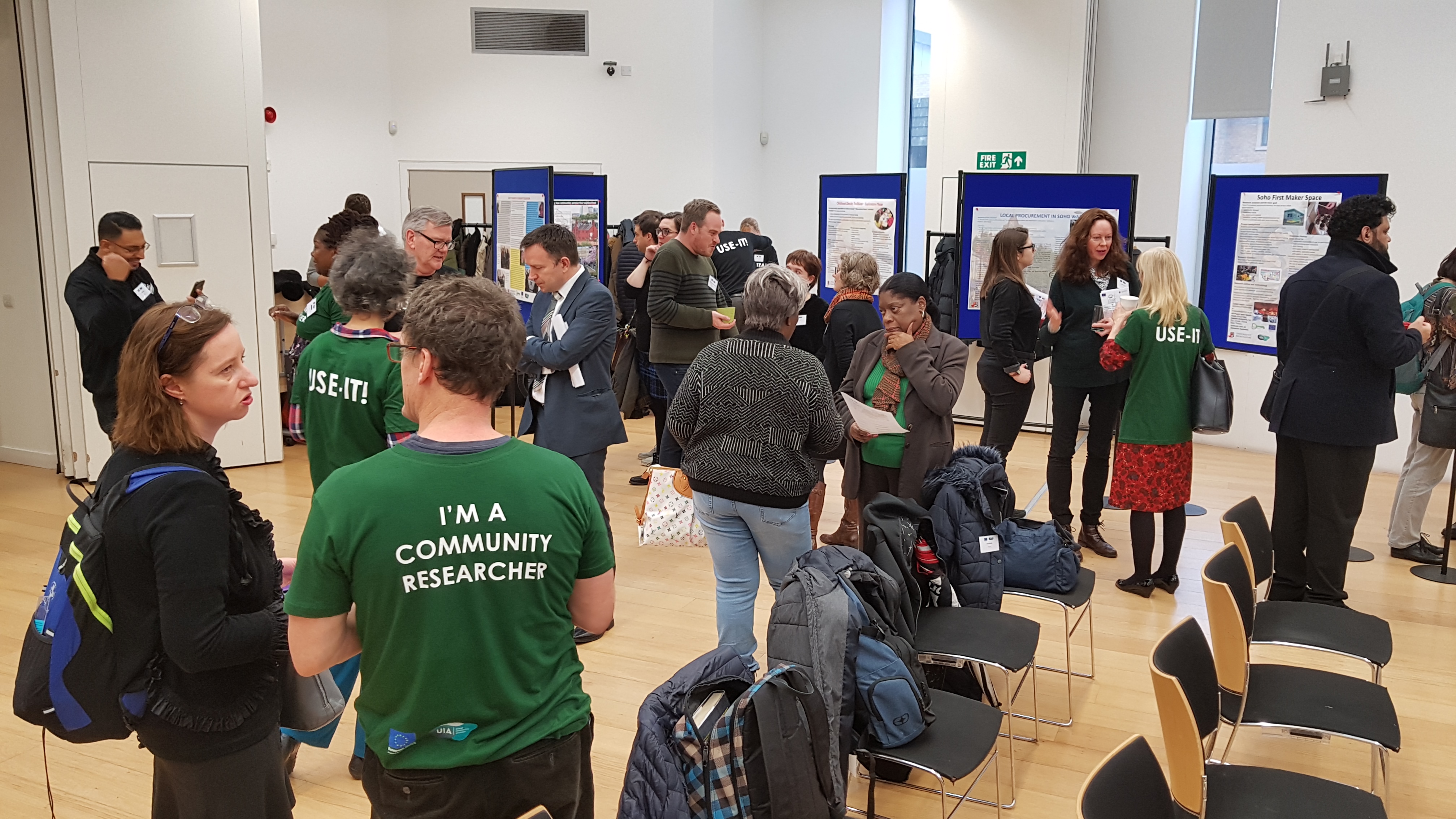
Main lessons learnt from identifying and training local overseas migrants with relevant medical and non-medical qualifications that could be matched with the jobs available in the NHS hospital are to be found in the 4th USE-IT! journal, p. 11, and the previous journals. Conrad Parke (project’s Legacy Coordinator supporting “Matching job skills in the community with job opportunities) mentioned three key lessons:
- Key element for the successes is the Learning Works, a one-stop-shop for access to training, development and employment opportunities in the NHS, and its partnerships with over 40 community based organisations. Jointly they identify, qualify and support suitable overseas migrants on their path to a job in the NHS. This partnership is also helping the Hospital Trust to unlock the potential of the Trust’s “Youth Village”, linking NHS employment opportunities for young people to supported accommodation by enabling the engagement of other priority groups – such as care leavers, homeless and ex-offenders.
- The usual public services to address urban poverty and get people into work is partly missing the reality – at least for the pilot area of the USE-IT! project.
This is reflected in the standard public interventions that are deployed (i.e. job centres, signposting services, careers advice, access to adult education, etc.) which are typically aimed at lower training, entry level jobs, direct employment opportunities (rather than option self-employment or business start-up). However, for the USE-IT! area, the Skills Mismatch Modelling using secondary data sources has identified that there is a higher proportion of residents that are qualified at a degree-level or equivalent qualification. There is a higher proportion of job opportunities at a degree-level or equivalent qualification. Also, it was identified that there is little business start-up support in the area prior to USE-IT! starting. This was confirmed by the community surveys that reported 43 out of 83 respondents had a 1st degree or higher and that 43 out of 70 respondents were interested in starting their own businesses.
These findings must be taken into account and public services must be supplemented or adapted based on the USE-IT! experience as the standard public interventions being deployed are not meeting the needs of many local residents.
Also the culture change of the Hospital Trust working with and delivering through community based organisations as an effective and efficient mechanism for addressing organisational priorities rather than trying to do everything in-house is an important lesson learnt.
- Having good language skills is a prerequisite to be able to work in the health and medical sector
Thus, the free language courses in preparation of the necessary language exams (IELTS, OET, PLAB) are crucial to match overseas migrants with educational health or medical background with job opportunities in the new hospital. But having to finance his/her and family life takes time, which complicates the continuous participation in the language courses as other commitments like childcare, birth of a baby, illness, etc. This results in constantly dropping in and out of the courses prolonging the time to develop the English skills to a required level to work in the NHS.
Another important lesson learnt was, if you want to work with a large institution (like the NHS) to help unlock it as a local asset do not start with an exhaustive strategy. Start with specific activities, which will deliver more quickly, will demonstrate quicker successes and will build initial trust and confidence in a new way of working (in particular with regards to senior managers and staff). With this in place, the activities and partnership can organically grow to take on other challenges and opportunities as they arise. In addition, you have to be prepared to provide personal as well as employment support to people arriving with overseas health qualification because their journeys and life circumstances can be very different. This can create an administrative challenge, as any process put in place has to be able to respond to and record journeys of such variety and complexity.
3. Conclusion
What is the legacy, what characterises the USE-IT! approach and makes it innovative?
Place-based
Key element of USE-IT! is its place-based approach, which is also a key principle of the ‘New Leipzig Charter’ (currently been written with regards to the German EU Council Presidency in 2020). The success of the project depends heavily on the place-based partnership that has been formed specifically for the project purposes. It was a large partnership of diverse public, private and third sector organisations (which to a great extend had not worked together before and with rather few public institutions). They all have been very committed and brought in their specialized skills, knowledge and services. No organization had to reinvent itself and their work for the purposes of this project, but through the good connection and coordination of the organisations and their work, synergy was achieved and the collective results were greater than individual achievements would have been. So the cornerstone of the USE-IT! model is the partnership of anchor and large organisations working together with embedded neighbourhood organisations”. In addition to that, trust between the larger and the local based organisations is essential because it allows for new connections to be formed, which in result opens new opportunities and brings the understanding of the value of working together!
Another key element of the place-based approach is to focus on the existing local skills, knowledge and potentials in the neighbourhoods in the project area – and to unlock them with the help of the local partnership. This, with the approach to actively link larger investments in the project area with the skills and potentials of the local people and (social) enterprises to directly kick-off the socio-economic revitalisation of “places and people” (and not to “wait” for the trickle-down effect): increase employment prospects and business opportunities for local social enterprises and cooperatives. USE-IT! demonstrated that communities in economically disadvantaged neighbourhoods have endogenous assets that can be linked to larger investment projects and used for the socio-economic regeneration. But they have to be identified and unlocked! USE-IT! demonstrated that building a new hospital can bring much more to the communities than “just” hospital services. It can start a place-based urban regeneration, benefiting the local communities socially and economically.
Proper project coordination
Approaches like USE-IT!, that rely on the cooperation of larger partnerships, need a strong project management and steering group to coordinate and steer the stakeholders and their activities. For this, the project management / steering group must be provided with sufficient time resources and, in the best case, with access to funds (see mainstream into public policies and programmes).
Mainstream into public policies and programmes
The lessons from USE-IT! ought to be embedded in future policies and programmes of the Birmingham City Council to be mainstreamed. The Council has made a commitment to embed the USE-IT! approach in the East of Birmingham Inclusive Growth Strategy. This is a first step to a lasting legacy of the project – and should not be the last. The Commonwealth Games in 2022 in Birmingham will be another opportunity.
Another approach can be “Integrated funds”. The council could earmark funds from different departments combining them in one public fund, which can be used by complex and integrated projects that follow the USE-IT! principles. This reduces the effort for these projects to have to tap into many funding sources, and the measures can be implemented in a better coordinated and timely manner.
Last comment: The success of the USE-IT! approach is based on the strength of the 3rd sector in the UK, which is stronger and more professionally developed than in many other European countries. Nevertheless, it is to be hoped that also the public sector will become more active (again) and not degenerate into a mere coordinator due to austerity policy. The public sector should not only rely on private and third sector organisations.
For further information on the evaluation of the project and its transferability check these two reports: Final Evaluation Report / Project’s Transferability Study.
About this resource
The Urban Innovative Actions (UIA) is a European Union initiative that provided funding to urban areas across Europe to test new and unproven solutions to urban challenges. The initiative had a total ERDF budget of €372 million for 2014-2020.
Similar content




